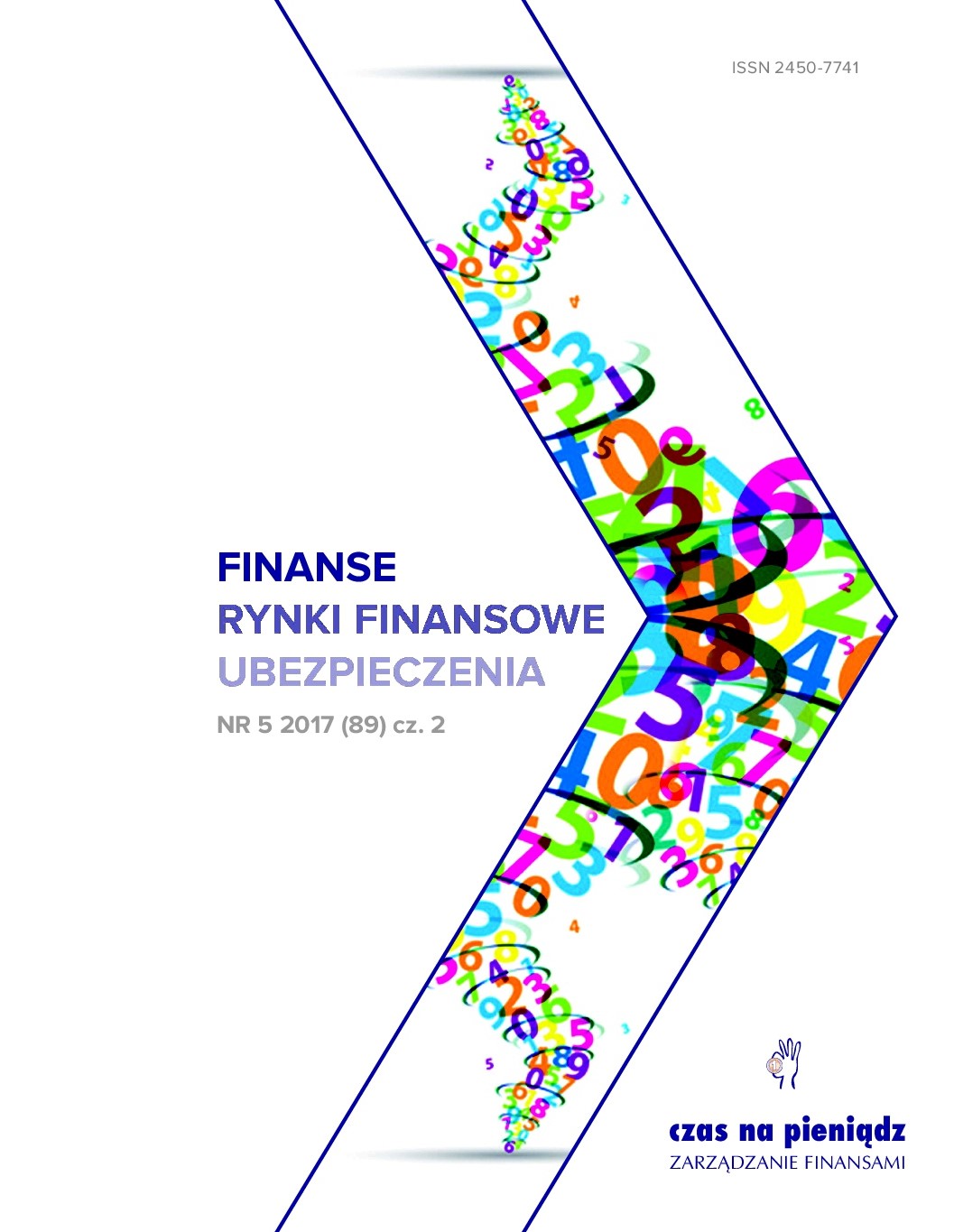Risk asymmetries in “open science” concept: university technology transfer perspective
Risk asymmetries in “open science” concept: university technology transfer perspective
Author(s): Jerzy Gwizdała, Karol ŚledzikSubject(s): Economy, Business Economy / Management
Published by: Wydawnictwo Naukowe Uniwersytetu Szczecińskiego
Keywords: open; science; risk; asymmetry; technology; transfer
Summary/Abstract: Purpose – This paper applies Ahlbrecht and Weber risk asymmetries approach to foundations of Open Science concept. The aim of this study is answering the questions: What are the risk asymmetries in the Open Science evolution process? What are directions of change in Open Science concept? Design/methodology/approach – The paper is prepared in the historical – empirical mainstream. Methodology used in this research was the critical analysis of the state of knowledge based on literature review. Findings – Part I of this paper discusses the framework of the concept of Open Science in research policy. Part II concludes with a brief overview of Open Science concept in university technology transfer process and highlights the risk asymmetries. There were identified three risk asymmetries: in the area of assessment of the quality of the research results, “rapid mode” of increasing of research results in science, intellectual property fraud risk for university. The analysis was made with consideration of two coexisting systems – one still based on OS (OSS – Open Science System) and the other characterized by legal norms (intellectual property rights) of research (IPRS – Intellectual Property Rights System). In one system (OS) appears freedom to “openness” and in the other system (IPRS) there is obligatory in the evaluation of scientific achievements measured as citation in the top journals or obtained patents. Originality/value – The purpose of the study was completed. Open Science considerations were in the context of unprecedented literature. In the study there were used assumptions of Akerlof theory of information asymmetry and Ahlbrecht Weber risk asymmetries, that is as follows: Short-term Long-term asymmetry, Certainty-Risk asymmetry, Gain-Loss asymmetry. There were also proposed Public – Private risks asymmetry.
Journal: Finanse, Rynki Finansowe, Ubezpieczenia
- Issue Year: 2017
- Issue No: 89 (2)
- Page Range: 381-391
- Page Count: 11
- Language: English

